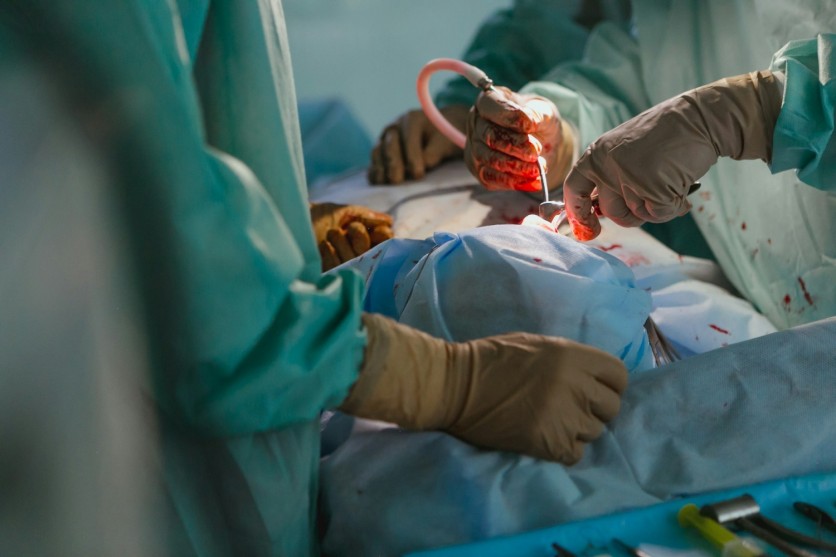A skilled Chinese medical team achieved a pioneering milestone by performing a remote robotic surgery during a practical frontier conference on Friday, June 7.
At first, it seems impossible to do this, knowing that a humanoid robot is still prone to errors despite having advanced technology. Surprisingly, the team successfully did the unimaginable in the healthcare industry.
Led by Zhang Xu, a distinguished academician from the Chinese Academy of Sciences (CAS) and director of the urology department at the Third Medical Center of the People's Liberation Army (PLA) General Hospital, the team executed the surgery simultaneously in Rome, Italy, and Beijing, China.
Bridging Vast Distances with Precision

The two locations, separated by approximately 8,100 kilometers, presented a significant challenge. Despite the two-way communication distance exceeding 20,000 kilometers, the surgical procedure was flawlessly coordinated.
Zhang operated a self-developed remote surgical robot from Rome, while the robot in Beijing's PLA General Hospital precisely carried out his instructions on a prostate cancer patient, according to the South China Morning Post.
Related Article : Best Telemedicine Apps for Quality Healthcare Solutions at Home [2023]
Overcoming Communication Hurdles
According to Zhang, telesurgery which is commonly known as the remote type of surgery has the biggest problem which is communication. It only worsens with the delay in several locations.
However, Zhang said that the whole process was smooth since there was no delay that came out. He said that the long-distance surgery was almost the same as physical surgery.
His ability to perform the surgery with minimal latency highlighted the advanced communication technologies in use, ensuring real-time precision.
A Historical Moment in Medical Technology
Vito Pansadoro, chairman of Challenges in Laparoscopy, Robotics, and AI, expressed his excitement.
"To me, it was a truly historical experience, a historical moment. The fact that he was able to do it in Rome makes us very, very happy," Pansadoro stated.
Innovations for Battlefield and Disaster Response
Zhang emphasized that this remote surgery can contribute a lot in various fields: through the cross-integration of new technologies and concepts. It holds immense promise for remote treatment in battlefield environments and disaster-stricken areas.
The next phase of this research aims to apply these advancements to military field medical services, enhancing the protection and care of officers and soldiers in remote locations.
Real-Time Medical Resource Projection
Zhang said that remote surgery can project the most sophisticated medical resources at the front. This capability could ensure that cutting-edge medical expertise is available wherever it is needed, potentially saving countless lives in critical situations.
The successful execution of this remote robotic surgery marks a transformative step in the medical field, showcasing the potential for future applications in both civilian and military contexts.
Outside Earth, a surgical robot hit an unbelievable milestone when it completed a surgery demo in space.
The developers of spaceMIRA (Miniaturized In Vivo Robotic Assistant), the robot behind this telesurgery, said that this could help humans who need surgical emergencies during galactical explorations. It's also something that will aid those who need immediate medical care assistance in far-flung places on the planet.





